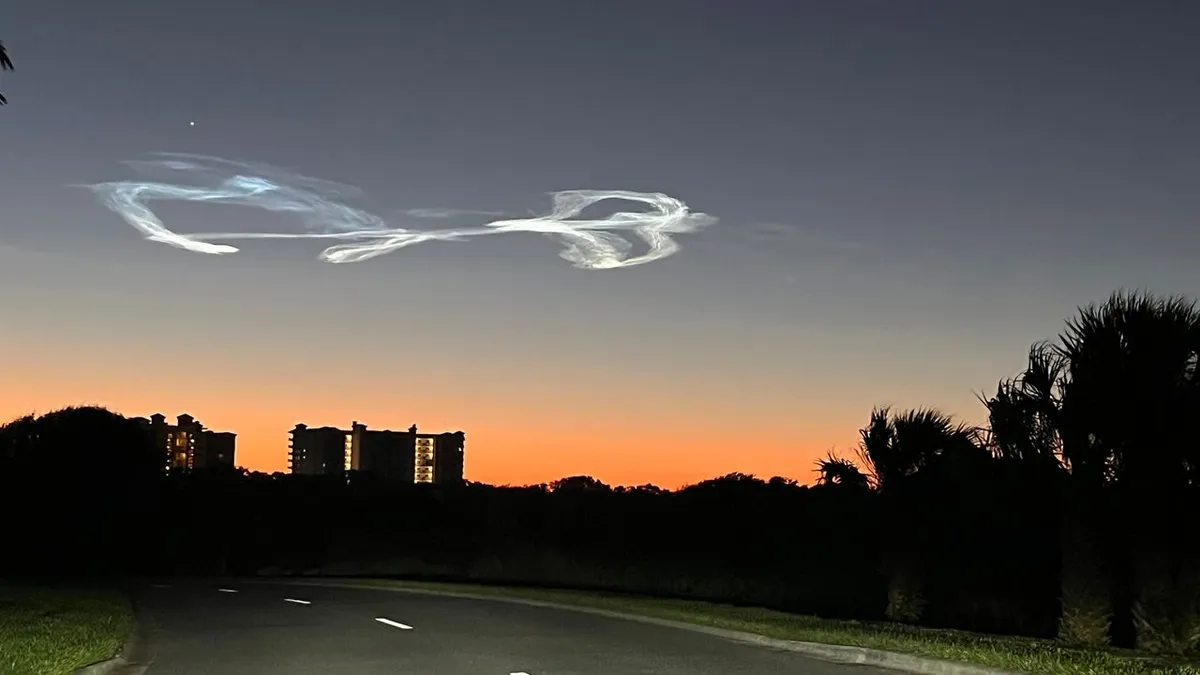
On Thursday morning, Florida witnessed a spectacular sight as SpaceX's Falcon 9 rocket launched, creating what is commonly referred to as the jellyfish effect. This awe-inspiring phenomenon captivated residents from the Space Coast all the way to the Tampa Bay area during the Starlink 10-52 mission.
The Starlink 10-52 mission successfully deployed 28 satellites into low-Earth orbit, contributing to the growing constellation of over 8,600 Starlink satellites currently orbiting our planet. These satellites are designed to provide global internet coverage, and their launches have become a regular occurrence, drawing attention from space enthusiasts and casual observers alike.
The jellyfish effect occurs when the exhaust plume from the Falcon 9 rocket expands and forms a cloud that resembles a jellyfish. This effect is particularly striking during dawn or dusk when the plume is illuminated by sunlight, creating a glowing appearance against the backdrop of the sky. Meteorologist Maureen McCann from Spectrum News 13 provided insights into the conditions that made Thursday's jellyfish effect so remarkable.
According to McCann, the weather conditions were nearly perfect for the launch. "We had mainly clear skies this morning, which led to great visibility of this morning's rocket launch," she explained. The clear skies closer to sunrise allowed observers to easily spot the unusual cloud left behind by the rocket's exhaust. The plume was beautifully illuminated by the sun, which had not yet risen above the horizon, enhancing the visual spectacle.
For more coverage on space launches and related news, visit our dedicated space section to stay updated on all things aerospace.